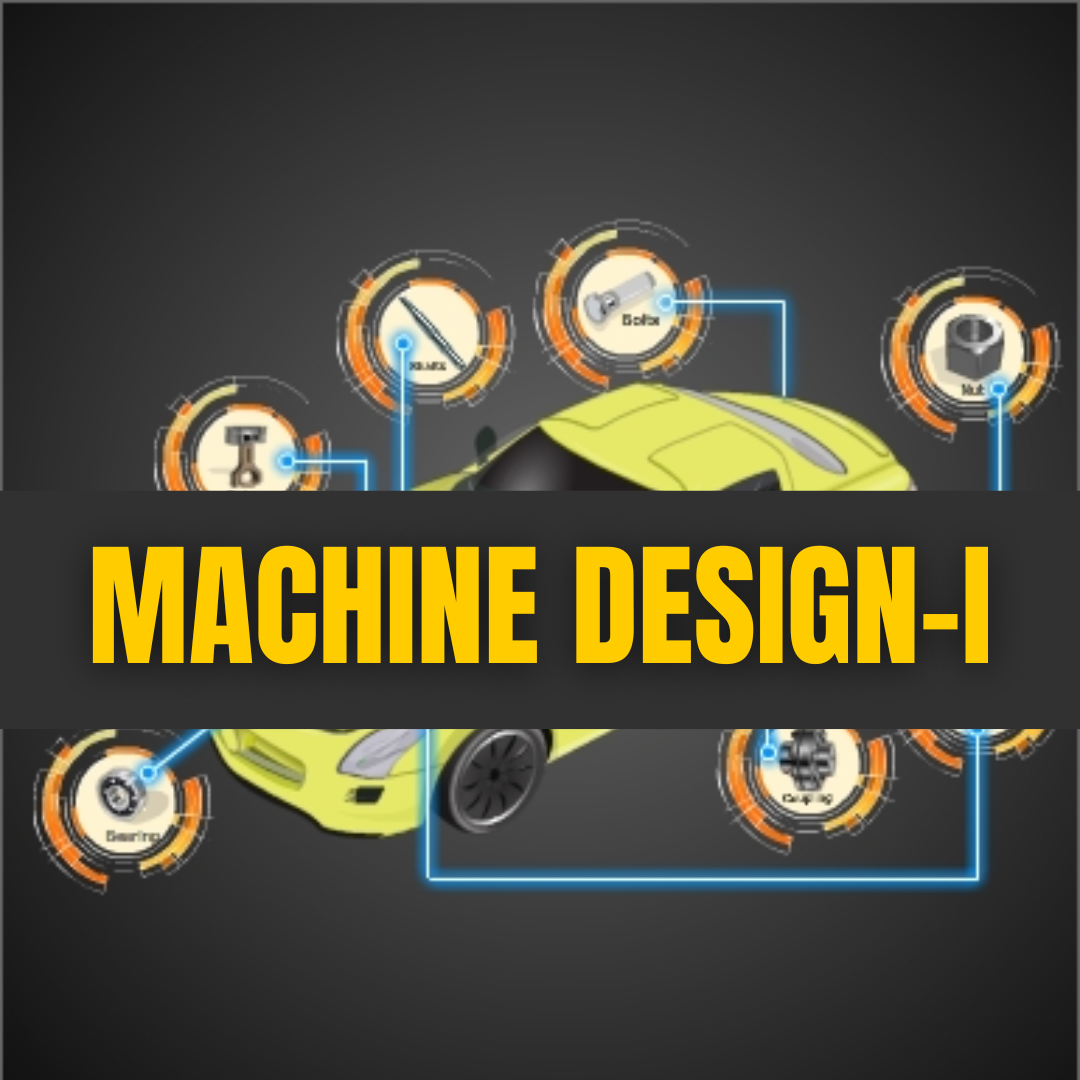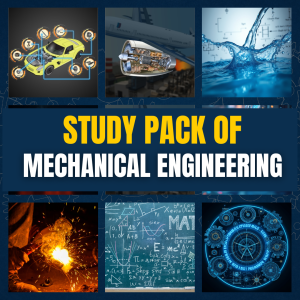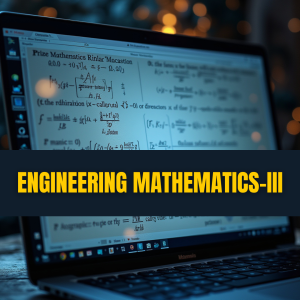Machine Design-I
13.98$
About the course
Machine Design deals with designing of a machine and its elements to serve the purpose of fulfilling the Mechanical Objective, Optimum Material usage along with Safety of Operation. The design process involves the Application of Scientific Principles, Technical Knowledge and Creative Skills to meet the required criterion. The subject covers the Designing of Transmission Shafts, Keys and Couplings, Fasteners, Lever, Pipe Joints etc.
What will you learn?
The complete online syllabus of this course comprises 6 Learning Modules | 122 Topics of Learning | 5 Hours of Learning | 33 Assessments
Module
- Introduction To Machine Design
- General Design Consideration
- Design Of Transmission Shaft
- Design Of Keys And Couplings
- Design of Fasteners
- Design of Pipe Joints
Topics of Learning
- Introduction to Machine designs
- Elaborated Design Process
- Definition of Machine Elements
- Manufacturing Considerations of Machine Elements
- Basic Procedure of Machine Elements Design
- Standards and Codes in Design
- Indian Standards Designation of Carbon steels
- Indian Standards Designation of Free Carbon Steel and Cast Iron
- Indian Standards Designation of Alloy steels
- Selection Criteria for Prefferred Sizes
- Design Consideration
- Concurrent Engineering and Its Use in Design
- Types of Loading in Machine Element
- Modes of FailureMechanical Properties of Materials
- Factor of Safety
- Factors Affecting Factor of Safety
- Stress Concentration Factor
- Principal Stresses in Machine Elements
- Bending Stress in Machine Elements
- Torsion Stresses in Machine Elements
- Theory of Failure
- Design of Simple Machine Element
- Types of Stresses under Dynamic Loading
- Fatigue
- Endurance Limit
- Design for Infinite Life
- Design for Finite Life
- Gerber Method for combined Stress
- Goodman Method for combined Stress
- Soderberg Method for combined Stress
- Introduction to Shaft
- Causes of Failure in Shafts
- Materials for Shafts
- Design for Strength: Twisting Moment
- Design for Strength: Bending Moment
- Design for Strength: Combined Bending and Twisting Moment
- Design for Rigidity
- Design of Hollow Shaft
- Types of Keys
- Splines
- Square and Flat Key
- Causes of Failure in Sunk keys
- Design of Sunk Key for strength
- Types of Coupling
- Design of Rigid Coupling – Muff Coupling
- Design of Rigid Coupling – Split Muff Coupling
- Design of Rigid Coupling – Flange Coupling
- Design of Flexible Coupling – Bushed Pin Coupling
- Design of Universal Joint
- Parameters in Helical Springs
- Types of Rivet Head
- Types of Rivet Joints
- Terminology in Riveted Joints
- Strength Equation in Riveted Joints
- Caulking and Fullering
- Causes of Failure in Rivet Joints
- Design of Boiler Joints: Longitudinal Joints
- Design of Boiler Joints: Circumferential Joints
- Design for Eccentric Loaded Riveted Joint
- Forms of Power Screw Threads
- Introduction to Welded Joint
- Strength of different Welded Joints
- Maximum Shear Stress in Welded Joints
- Design of Welded Joints: Bending Moment
- Design of Welded Joints: Torsional Moment
- Design of Welded Joints: Fluctuating Loads
- Design of Welded Joints: Eccentric Loading
- Design of Spigot and Socket Cotter Joint
- Design of Gib and Cotter Joint
- Design of Knuckle Joint
- Introduction of Levers
- Design of Foot and Hand Lever
- Design of Cranked Lever
- Design of Bell Crank Lever
- Design of Safety Valve Lever
- Design of Shoe Brake Lever
- Introduction to Pipe Joint
- Design of Circular Flange Pipe Joint
- Design of Oval Flange Pipe Joint
- Design of Square Flange Pipe Joint
- Design of Seals and Gaskets
For a quick review, please watch our videos here 




